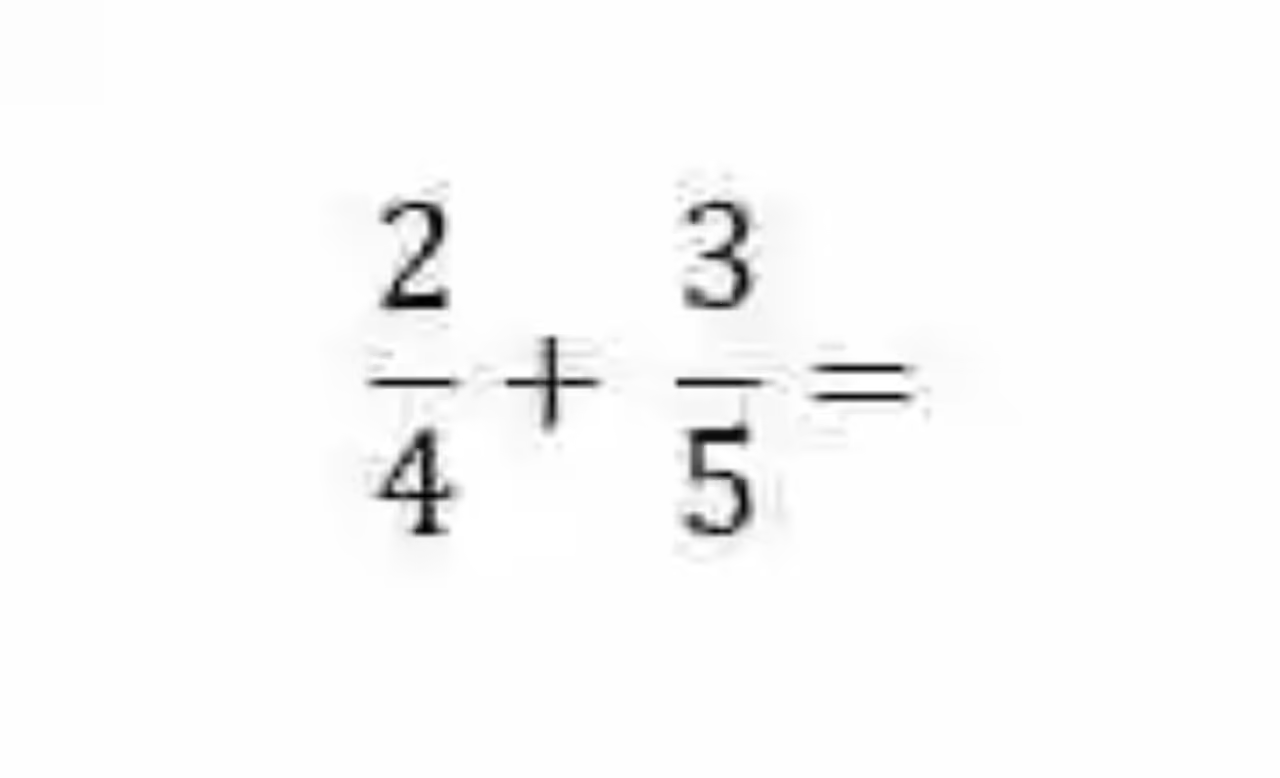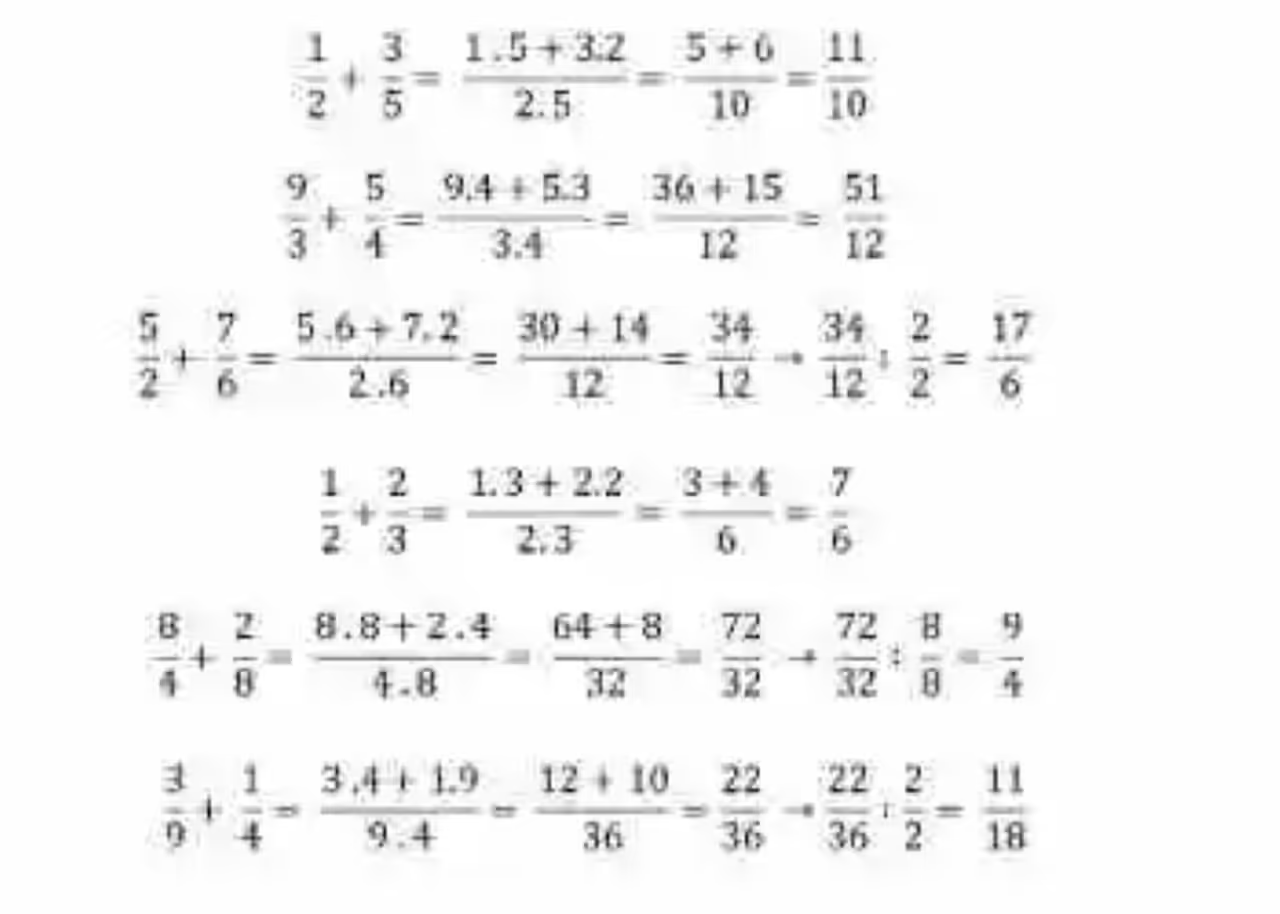Perhaps it is best to approach each of the exercises that can serve as an example to the sum of heterogeneous fractions, that is, with different denominators, is to briefly review the very definition of this operation, in order to understand this operation within its precise context.
Sum of fractions
In this sense, it may be advisable to start by saying that Mathematics has defined the Sum of fractions as the operation by which it is a matter of combining the values of two or more fractions, in order to achieve a final result. Similarly, this discipline warns that two elements can then be distinguished in the sum of fractions, explained in turn as follows:
- Addends : these elements will be made up of each of the fractions that participate in the sum.
- Total: on the other hand,the total of the sum will be interpreted as the result of the operation, that is, the resulting fraction based on the combination of the different values of the fractions or sums that have participated in the sum.
Steps to Solve the Sum of Heterogeneous Fractions
Thus, mathematics has pointed out that there is not a single method to solve such operations, but that the method chosen will depend specifically on the characteristics of the fractions, specifically those related to their heterogeneity or Homogeneity. Among these cases, then is the Sum of fractions of different denominator, which will be solved by following the following steps:
- First, the elements of fractions should be reviewed in order to determine that they are certainly heterogeneous fractions.
- Determined this, it will then choose to cross-multiply for numerators and denominators, while denominators will be multiplied horizontally.
- Obtained the result, it will also be reviewed that the fraction can be simplified, for which it will be determined whether this has a common divider, which allows access to its irreducible form.
- At this point, this fraction will be assumed as the final result of the operation.
On the other hand, Mathematics has also determined that the correct way to solve a Sum operation of heterogeneous fractions or with different denominators can be expressed mathematically as follows:
Examples of Sum of Heterogeneous Fractions
It will also be necessary to set out a concrete example, where you can see how each of the steps that have been pointed out by mathematics is fulfilled when it comes to solving a Sum where fractions are heterogeneous, that is, these don´t even agree on their denominators or in reference to their numerators, such as the following:
Perform the following sum of fractions:
To resolve this operation, it will be necessary to review the fraction elements. Determined that these are heterogeneous fractions, then the correct procedure will be applied that will allow you to perform this operation:
Obtained this total, it will still be necessary to perform a simplification operation, which allows then to find its irreducible form, through its division between a common divider:
Because it cannot continue to simplify, this fraction will be taken as the final result.
Other examples
Other exercises that may serve as an example of the Sum of heterogeneous fractions include:
Picture: pixabay.com













